
Something creepy is crawling its way up the East Coast — and it’s not another warm-weather pest. This invader is tiny, sneaky, and breeds faster than rabbits at a carrot festival.
Initially discovered in New Jersey, it’s now showing up in more than 20 states, with populations exploding in states like Pennsylvania. Scientists were baffled initially. Is this another harmless hitchhiker — or is something more sinister hiding beneath its tiny shell?
The Unwelcome Guest
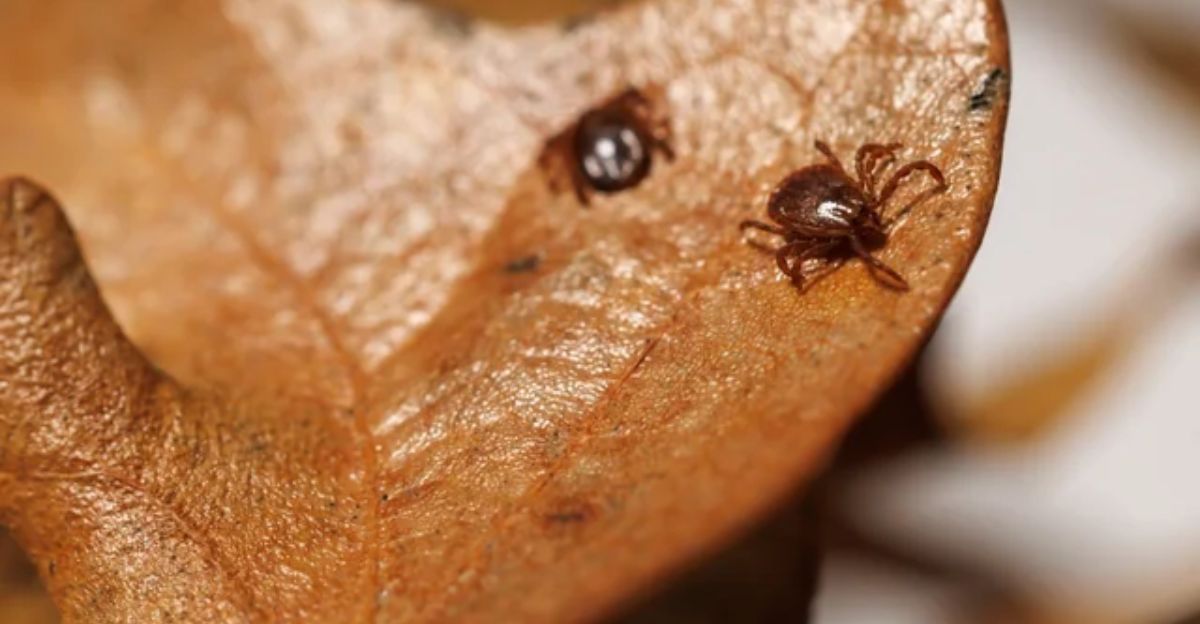
The Asian longhorned tick might sound unusual, but it’s far from exotic. The invasive pest was first spotted in the U.S. in 2017, and it has spread quietly to 22 states — with no signs of slowing.
It doesn’t require a mate to reproduce, unlike its native counterparts. A single female can produce thousands of clones on her own. This self-cloning ability makes the population particularly hard to control.
Reproducing Without Romance
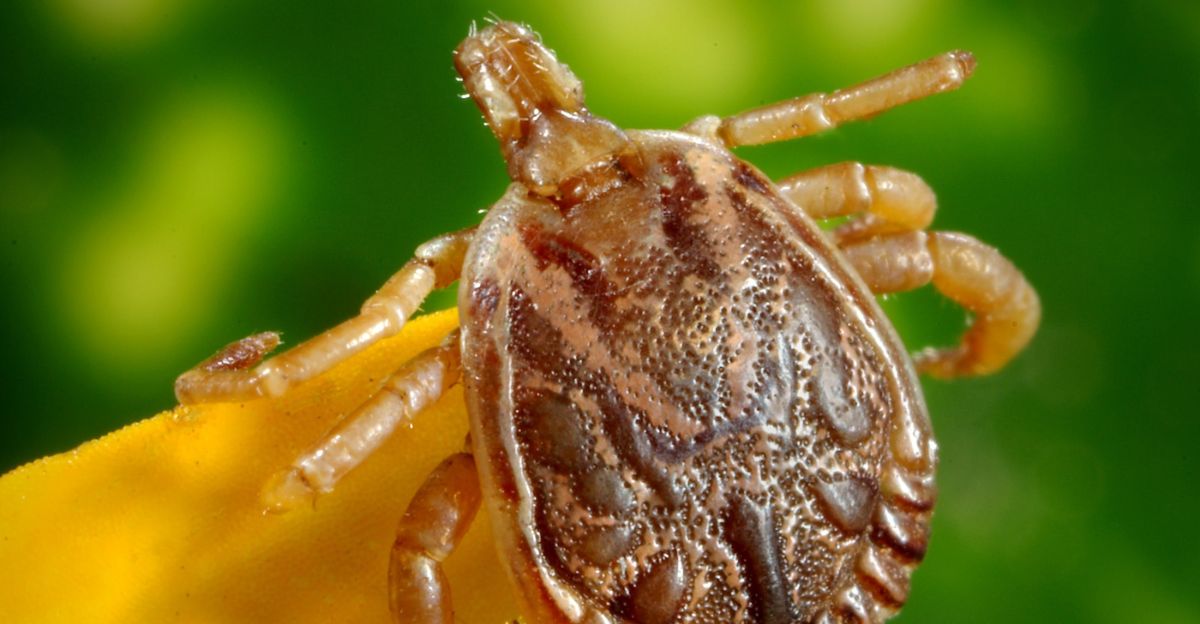
Here’s the spooky part: these ticks don’t date. They are parthenogenetic, which means they reproduce asexually. A single female can lay as many as 2,500 eggs without ever having mated.
That’s enough to make your backyard a tick city before anyone even realizes. This characteristic has enabled them to invade new territories with frightening speed — and scientists are beginning to sound the alarm.
The Perfect Storm for a Takeover

Imagine a species that needs no mate, that feeds on a wide variety of hosts, and thrives in tall grass, pastures, and woodland edges. Add shifting temperatures to the mix — warmer winters, longer summers — and you’ve got a biological invasion that’s nearly unstoppable.
The ticks have already been spotted in parks, on pets, and even on people in suburban neighborhoods.
Until Now, They Were Considered Mostly Harmless

In spite of their increasing numbers, the Asian longhorned tick wasn’t deemed a serious threat — not yet. Scientists lacked concrete proof that they were linked to any significant diseases in the U.S.
They were a nuisance, to be sure, but they weren’t lethal. But that’s recently changed. What scientists discovered next has spurred a burst of new research and set alarm bells ringing in several states.
The Bacterial Bombshell

The Connecticut Agricultural Experiment Station recently made a troubling first-time confirmation: the invasive tick is now transmitting Ehrlichia chaffeensis, a bacterium that can lead to human ehrlichiosis — a potentially fatal disease.
It’s the first time this pathogen has been found in this species in the United States. It also means these ticks are no longer merely pesky — they could be deadly.
So, What Is Ehrlichia Chaffeensis?

This tongue-twister bacterium is no laughing matter. It infects white blood cells and can cause flu symptoms: high fever, chills, muscle pain, fatigue, and headache.
Untreated, it’s a rapidly advancing infection — particularly in the elderly or those with compromised immune systems. It’s most commonly spread through tick bites, so this finding is more than a bit disturbing.
The Hidden Cycle of Infection

According to the NIH, Ehrlichia chaffeensis cycles between ticks and vertebrate hosts. The tick bites the host, infects itself, and then transmits it to its next unsuspecting meal.
With the Asian longhorned tick now entering the cycle, there’s a new source for transmitting the bacteria. And the worst part about it? Most don’t even realize they’ve been bitten.
Symptoms Can Be Misleading
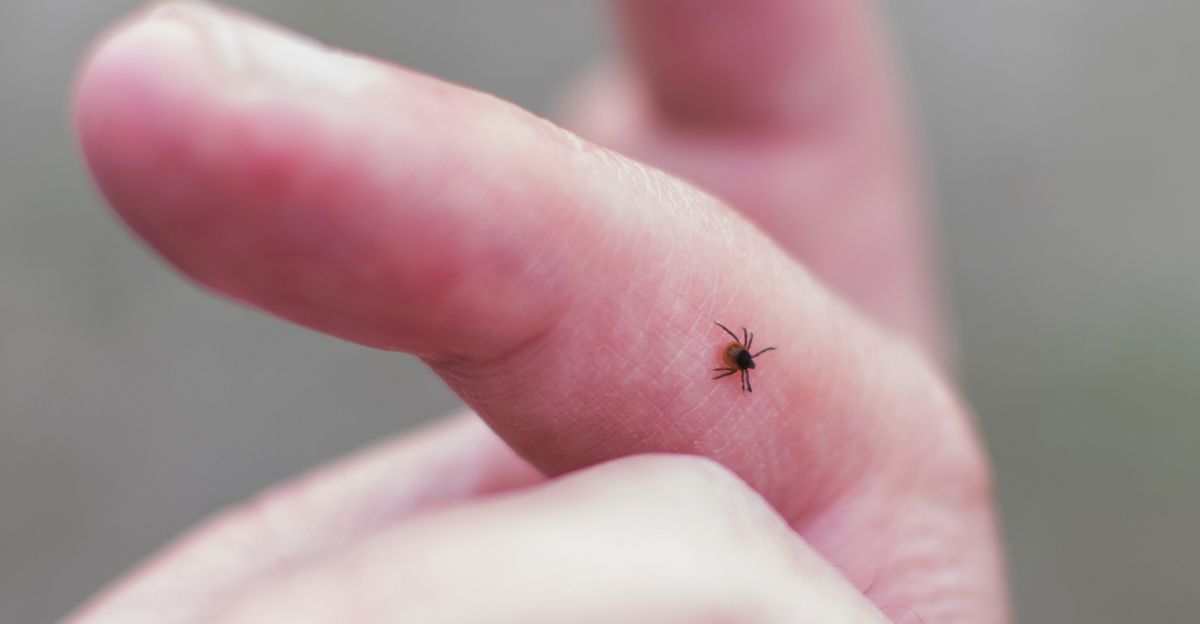
Initial symptoms of ehrlichiosis resemble ordinary illness — so it’s difficult to diagnose. Think fever, chills, headache, general malaise. Nothing that shouts serious infection.
But if untreated, the disease can become very serious, even life-threatening. That’s why awareness, early testing, and prompt antibiotics are crucial. Physicians advise monitoring symptoms if you’ve been in tick territory.
Tick Trouble in Pennsylvania

One of the hardest-hit states? Pennsylvania. Asian longhorned tick populations have increased by more than 150% in just five years. It’s the southeastern counties that are experiencing the most expansion.
It’s fertile ground — dense woodland, agriculture, and mild climate — ideal for tick infestations. So far, containment hasn’t kept pace.
The Threat to Pets and Livestock
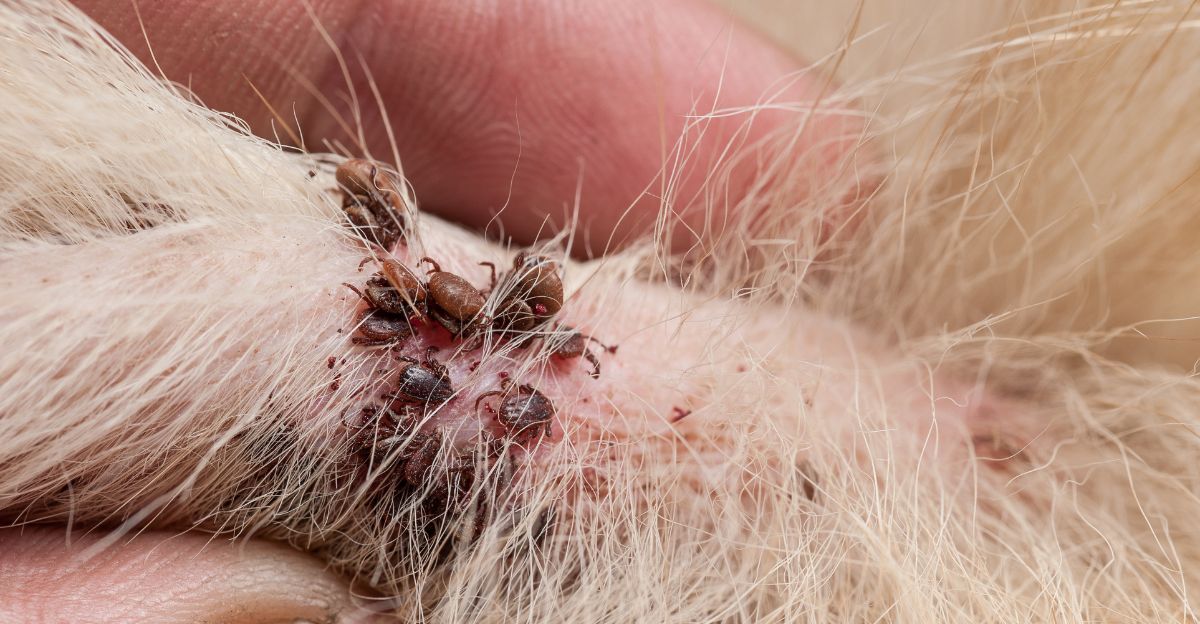
Humans are not the only target. These ticks also have a reputation for attaching to pets and livestock. In other nations, they’ve induced life-threatening blood loss in baby calves and spread animal-specific illnesses.
While U.S. farms have yet to face that level of harm, the threat has farmers and veterinarians on notice. Even dogs and cats are not immune to these sneaky parasites.
How to Protect Yourself

No ehrlichiosis vaccine exists, so prevention is your best protection. Authorities suggest long sleeves and pants for walking in the woods or grassy fields, the use of insect repellents containing DEET or permethrin, and full-body tick checks following outdoor exposure.
Bathing within a short period of time after coming indoors can also wash off unattached ticks before they bite.
Public Health Response and Research

Scientists are scrambling to research the spread of the pathogen and how this tick interacts with U.S. ecosystems. State health departments are attempting to monitor tick populations more proactively, and new public awareness campaigns are being launched.
Researchers are also looking into how climate, animal migration, and human movement are affecting the tick’s range — and whether even more pathogens are coming along for the ride.
Is This Just the Beginning?
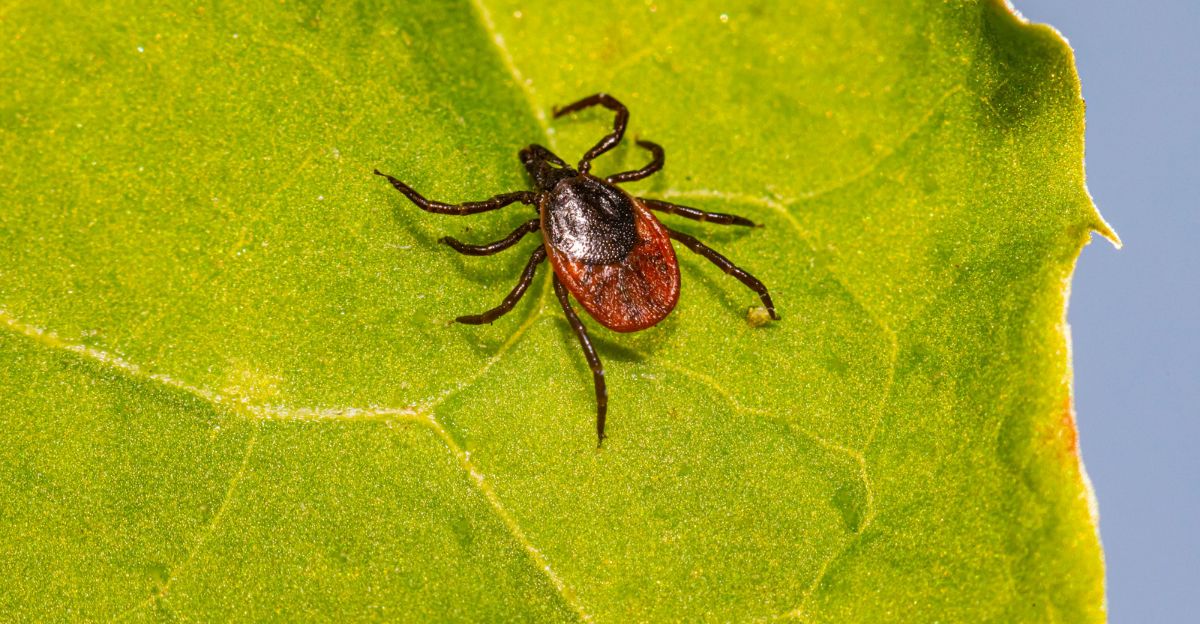
That Ehrlichia chaffeensis was found in this invasive tick is a wake-up call. As the ecosystems change and new animals come in, public health officials have to be one step ahead.
What other diseases are silently being passed along in insects we barely understand? For the time being, vigilance, prevention, and science are our best arsenals against this rapidly spreading, unwelcome visitor.
Explore more of our trending stories and hit Follow to keep them coming to your feed!

Don’t miss out on more stories like this! Hit the Follow button at the top of this article to stay updated with the latest news. Share your thoughts in the comments—we’d love to hear from you!







